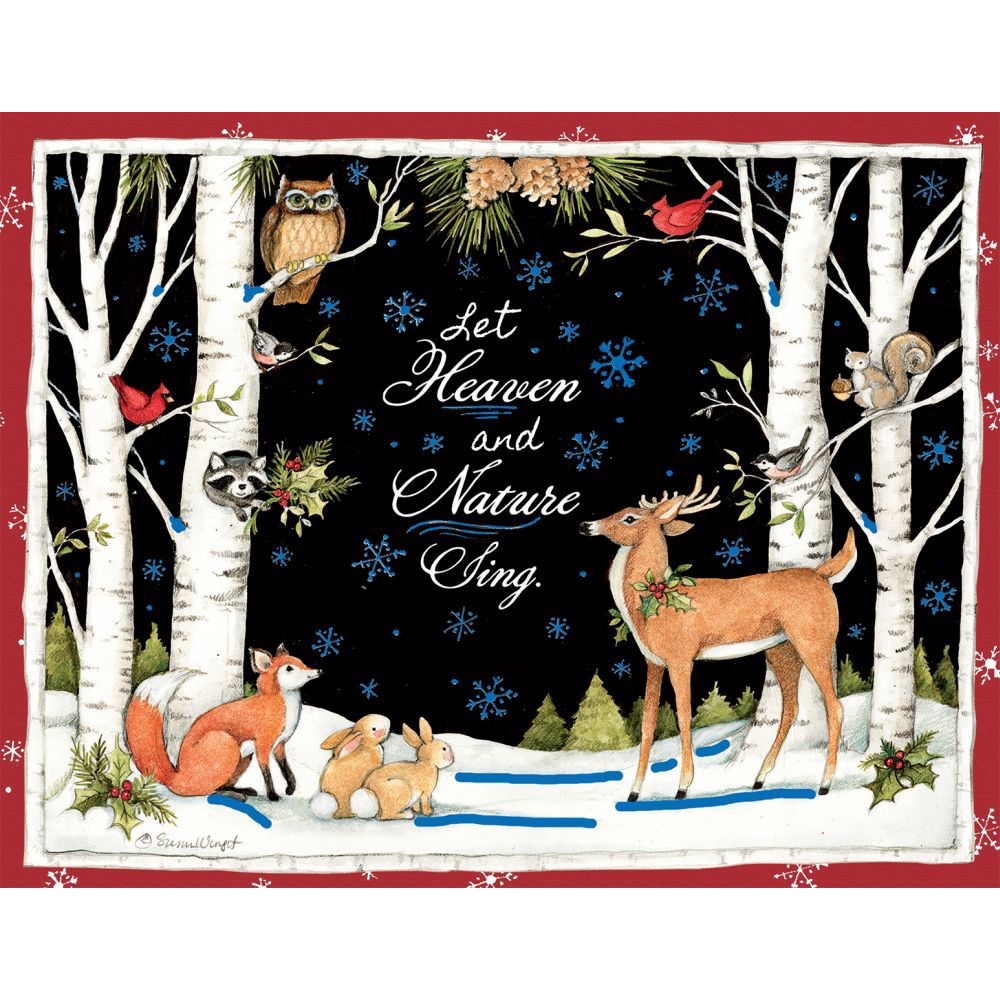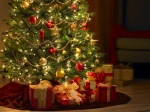If you still haven’t thrown out your Christmas tree, check out this article!
Choosing a Wildlife-Friendly Christmas Tree
4 Ways to Recycle Your Christmas Tree for Wildlife
 Each year, about 25-30 million real Christmas trees are sold in the United States, mostly from a selection of about 16 species of treethat we commonly call a “Christmas Tree.” They are decorated with lights and ornaments, become backdrops for annual family photos, and serve as a traditional umbrella for gifts to loved ones. Ultimately, the day comes when they need to be disposed of. What’s often overlooked though, is that these trees can benefit your local wildlife, the soil in your yard, or even nearby restoration projects.
Each year, about 25-30 million real Christmas trees are sold in the United States, mostly from a selection of about 16 species of treethat we commonly call a “Christmas Tree.” They are decorated with lights and ornaments, become backdrops for annual family photos, and serve as a traditional umbrella for gifts to loved ones. Ultimately, the day comes when they need to be disposed of. What’s often overlooked though, is that these trees can benefit your local wildlife, the soil in your yard, or even nearby restoration projects.
Here are some easy ways for you to help wildlife or enrich your local area with your trees after you’ve enjoyed them (and removed all the ornaments) this holiday season.
1. Create a brush pile with your tree as the base
A brush pile often consists of leaves, logs, and twigs so an old Christmas tree can make a great base. This is the easiest thing you can do with your tree if you have a yard. It directly benefits the wildlife in your backyard during winter months because brush piles and dead trees offer food and needed protection from the chill. We have suggestions for how to make a brush pile and we understand that not all communities allow for them.
2. Use it in the garden
There are a number of ways you can use your recycled Christmas tree to enrich your soil by composting it or using the pine needles and boughs to cover your garden bed. Chop the trunk and branches and break your tree down, this will allow you to add some nice insulation to your garden.

3. Decorate your tree for wildlife
If you love to watch birds or want a fun project, you can decorate your tree with edible ornaments or popcorn strings so that you feed wildlife like birds and squirrels. This is a enjoyable activity to do with kids or the young at heart (me) and can help wildlife at a time when food is scarce. Most of the recipes call for peanut butter, fresh fruit (like grapes, berries, or apples), suet and bird seed.
These crafts all make edible ornaments for wildlife:
For more on decorating trees for wildlife:
4. Donate your tree to a local restoration project

There are all sorts of great local projects that take in Christmas trees and use them for restoration projects. At National Wildlife Federation, we have talked about using Christmas trees to help prevent wetland loss in Louisiana. Other projects have helped provide fish habitat, restore dunes, and even provide electricity or mulch for cities. If your county does have a tree disposal program, do a little digging to make sure you like where your tree ends up! You can also check out these additional ideas on how to recycle your tree.
What plans do you have for your Christmas tree?
If you used a real tree this year, let us know what you’re doing with it in the comment section below, or share a link to any places you know of that use Christmas tree donations to help wildlife or the environment. If you have a living or artificial tree, don’t miss out on the fun—ask a friend who has a real tree what plans they have.






 Christmas is the spirit of ‘giving’ without a thought of getting!! -Thomas.S.Monson
Christmas is the spirit of ‘giving’ without a thought of getting!! -Thomas.S.Monson



